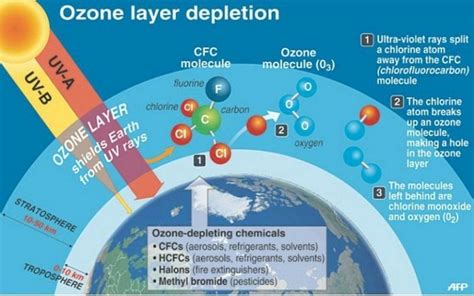The environmental impact of atmospheric reentry by satellites is an emerging area of concern, particularly regarding the potential for ozone depletion. As the number of artificial satellites in orbit continues to grow, the question of their safe disposal becomes ever more pertinent. The release of aluminum oxide upon reentry, resulting from the combustion of aluminum components, has raised alarms about its catalytic effect on the ozone layer. Indeed, this issue parallels historical environmental challenges such as the widespread use of chlorofluorocarbons (CFCs), which were successfully addressed through the Montreal Protocol. The idea that governments need to step in to mitigate these issues is not new; it underscores the necessity for timely international cooperation and regulations.
Comments from experts and enthusiasts highlight the urgency and complexity of the problem. One poignant observation is that successful environmental policies, like the Montreal Protocol, thrived on focused, incremental actions, rather than attempting to tackle challenges as insurmountable monoliths. This approach could be instrumental in dealing with satellite reentry and its environmental impacts. Regulating the materials used in satellite construction and mandating controlled reentry procedures are potential steps toward minimizing the damage caused by re-entering satellites. Historical evidence suggests that when scientific concerns are coupled with strategic regulation and international cooperation, substantial positive changes can be achieved.
Discussing alternative materials to aluminum offers a glimpse into potential solutions. Suggestions such as steel, synthetic polymers, and even wood reveal the versatility of approaches. Japanese researchers have taken the lead by planning to launch wooden satellites to understand the behavior of wood in space and its reentry properties. While wood might not be practical for all satellite needs, especially those involving human habitation, these studies are crucial for paving the way towards more eco-friendly satellite design. Similarly, synthetic polymers, despite their sensitivity to radiation, could offer another avenue for safer satellite reentry if appropriately researched and tested.
Moreover, more exotic materials like nanocrystalline cellulose (NCC) present intriguing possibilities. NCC can form highly strong and thermally stable composites, which could potentially replace aluminum in satellite construction. Given its biodegradable nature, any residues resulting from a satellite’s combustion in the atmosphere would pose significantly fewer environmental risks. Exploring these materials, although needing thorough research and development, signifies a proactive stance towards mitigating the aerospace sector’s environmental impact.
Another practical arena is devising more controlled deorbiting practices. The idea of encapsulating reentering satellites within re-entry vehicles to ensure they land over uninhabited areas, such as deserts or oceans, might be another feasible solution. This method would allow retrieval and proper disposal while minimizing the risk to the ozone layer and the environment. However, implementing such a strategy would require meticulous planning and international collaboration to manage logistics and costs effectively.
Technological advancements and a reduction in launch costs represent additional hurdles and opportunities. Companies like SpaceX have dramatically reduced the costs associated with launching payloads into space, but a reduction in costs often leads to an increase in the number of satellites deployed. For instance, if the cost of launch is significantly lower, launching satellites constructed from more expensive yet environmentally friendly materials might become economically viable. Furthermore, the potential for larger satellite constellations necessitates even more stringent regulations and innovative approaches to environmental preservation.
In conclusion, as the satellite industry’s rapid expansion continues to intersect with environmental sustainability, a multifaceted approach is essential. International regulations, material innovation, and controlled deorbiting practices all offer pathways to mitigate the adverse effects of satellite reentry on the ozone layer. Drawing parallels with the successes of past environmental treaties, it becomes clear that collaboration, research, and incremental change hold the key to addressing these modern challenges. Ultimately, balancing technological advancement with ecological responsibility will ensure the continued exploration and utilization of space in an environmentally sustainable manner.


Leave a Reply